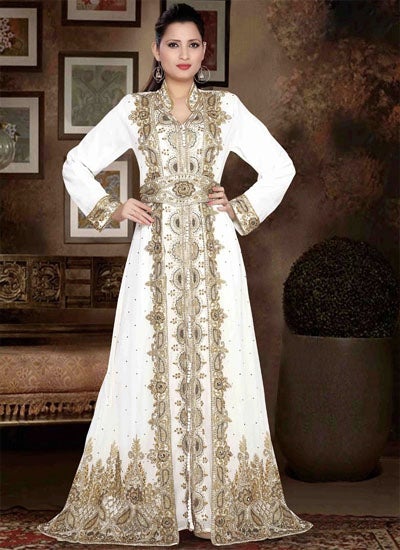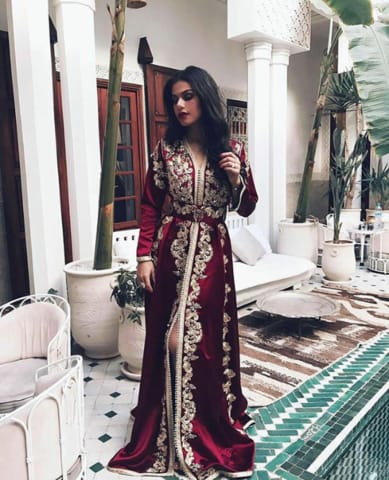A Guide to Modern Arabic Women’s Clothing and Styling
Arabic women’s clothing has evolved significantly over the years, reflecting the dynamic nature of culture and fashion. This article explores the modern trends and styles in Arabic women’s attire, offering insights into the blend of tradition and contemporary fashion.
Understanding the Roots
Before delving into the modern aspects, it’s essential to acknowledge the historical roots of Arabic women’s clothing. Traditional attire, such as the abaya and the hijab, has been worn for centuries, symbolizing modesty and cultural identity. The evolution of these garments into contemporary styles is a testament to the adaptability and creativity of Arabic fashion designers.
Modern Trends in Arabic Women’s Clothing
The modern landscape of Arabic women’s clothing is vibrant and diverse. Designers are incorporating elements of Western fashion while maintaining the essence of traditional attire. This fusion creates a unique style that is both fashionable and respectful of cultural norms. From the use of vibrant colors and intricate embroidery to the incorporation of modern cuts and silhouettes, the evolution is evident.

Adapting to Global Fashion
As the world becomes more interconnected, the influence of global fashion trends on Arabic women’s clothing is undeniable. Designers are not only adapting to these trends but also contributing to the global fashion dialogue. This exchange enriches the diversity of Arabic attire, making it more appealing to a broader audience while still retaining its cultural significance.

Celebrity Influence
Celebrities play a significant role in shaping fashion trends, and this is no different for Arabic women’s clothing. Public figures, such as models and actresses, are often seen wearing modern interpretations of traditional attire, inspiring fans to embrace these styles. “Fashion is a form of expression that transcends cultural boundaries,” says renowned model and activist, Halima Aden, who has been a pioneer in bringing modest fashion to the mainstream.
Incorporating Comfort and Practicality
While aesthetics are important, the practicality of Arabic women’s clothing should not be overlooked. Modern designs focus on comfort and functionality without compromising style. For instance, the use of lightweight, breathable fabrics ensures comfort in warmer climates, while the incorporation of pockets and other functional elements enhances the utility of the garments.

Sustainability and Ethics
Sustainability is becoming a key concern in the fashion industry, and this is reflected in the production of Arabic women’s clothing. Designers are increasingly using eco-friendly materials and ethical manufacturing practices to create garments that are not only stylish but also conscientious. This approach aligns with the growing global awareness of environmental issues and the need for responsible consumption.

Conclusion
Arabic women’s clothing is a beautiful fusion of tradition and modernity, offering a unique perspective on fashion that is both culturally rich and globally relevant. As we explore the various aspects of this attire, it becomes clear that it is not just clothing but a form of self-expression and a reflection of the evolving cultural landscape.






